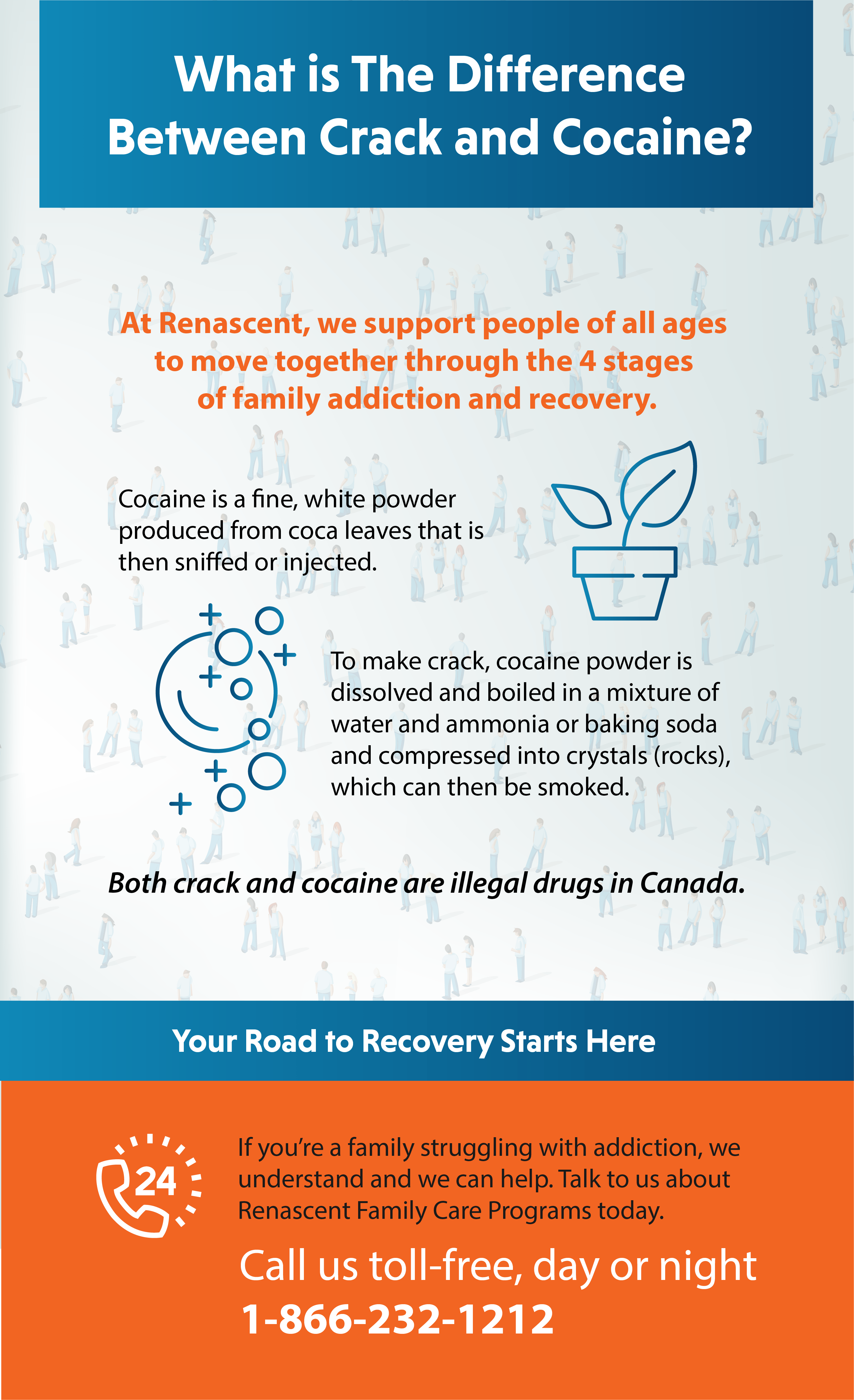

The plasma half-life of cocaine is 0.7–1.5 hours and is dose dependent. Some unchanged cocaine is found in the urine. When consumed with alcohol, cocaine also produces the metabolite cocaethylene. The main metabolites are benzoylecgonine, ecgonine and ecgonine methyl ester, all of which are inactive. Following a 25-mg dose, blood levels peak in the range 400–700 μg/L depending on the route of administration. Cocaine has a strong reinforcing action, causing a rapid psychological dependence, an effect even more pronounced in those who smoke cocaine base. Like amphetamine, it produces euphoria, tachycardia, hypertension and appetite suppression. It increases transmitter concentrations in both the noradrenergic and the dopaminergic synapse and also acts as an anaesthetic agent.

When in the form of crack, cocaine base usually occurs as small (100–200 mg) lumps (‘rocks’).Ĭocaine has a similar psychomotor stimulant effect to that of amphetamine and related compounds. Cocaine base ( CAS-50-36-2) and the hydrochloride salt ( CAS-53-21-4) are white powders.


 0 kommentar(er)
0 kommentar(er)
